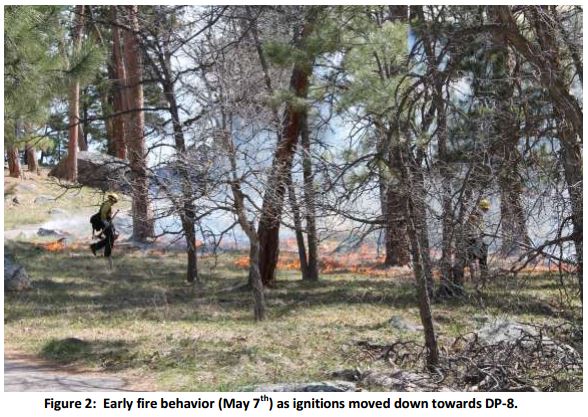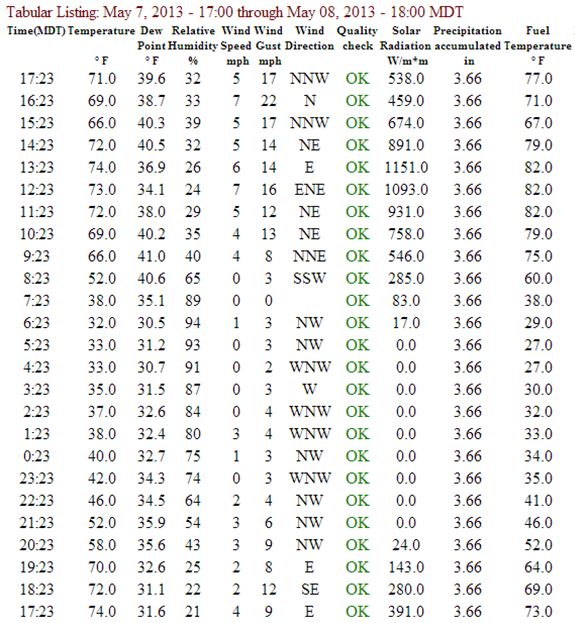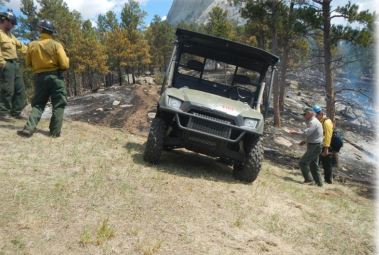A judge has ordered the California Department of Forestry and Fire Protection (CAL FIRE) to pay more than $30 million in penalties, legal fees, and costs to Sierra Pacific and others for their actions related to a lawsuit over the 2007 Moonlight Fire. Retired Superior Court Judge Leslie C. Nichols in a 28-page order issued Tuesday accused CAL FIRE of “egregious and reprehensible conduct” in pursuing a lawsuit against the company.
The Moonlight fire burned about 65,000 acres in 2007, including 46,000 acres in the Plumas and Lassen National Forests in the northern part of the state. CAL FIRE and U.S. Forest Service investigators said the fire was started by a bulldozer operator for a company hired by Sierra Pacific, which denied any involvement in the fire.
In 2012 Sierra Pacific, in order to settle the suit presided over by U.S. District Judge Kimberly J. Mueller and prevent further actions by CAL FIRE, agreed to pay nearly $50 million and donate 22,500 acres of land to the USFS. The company thought CAL FIRE was ultimately seeking $1 billion, and they were aware that Judge Mueller had ruled earlier that the company could be liable even if it had nothing to do with starting the fire.
Below is an excerpt from an article in the Sacrameto Bee, which said Sierra Pacific…
…was a victim of stonewalling by Cal Fire in that agency’s Plumas County suit, including the alleged withholding of thousands of pages of key internal documents relevant to the legal struggle.
In a 28-page order issued Tuesday, retired Superior Court Judge Leslie C. Nichols essentially agreed with all of Sierra Pacific’s points, adopting a separate, 57-page order proposed by Sierra Pacific and the other defendants almost word-for-word, and excoriating the behavior of Cal Fire and two lawyers from the office of Attorney General Kamala Harris, which represented the agency.
“The court finds that Cal Fire’s actions initiating, maintaining and prosecuting this action, to the present time, is corrupt and tainted,” the judge wrote. “Cal Fire failed to comply with discovery obligations, and its repeated failure was willful.”
The agency withheld documents for months, “destroyed evidence critical (to the case) … and engaged in a systematic campaign of misdirection with the purpose of recovering money from (Sierra Pacific).”
Sierra Pacific, according to the Sacramento Bee, claimed there is evidence that a USFS employee in a fire lookout tower may have been smoking marijuana during the early stages of the fire, which delayed the detection, and they reported that “defense lawyers had to work hard to pry that information out of the Forest Service”.
CAL FIRE was also involved in questionable behavior before the case went to trial. In their billing sent to Sierra Pacific in 2009, they demanded the company make two payments; one for $7.7 million to the state, and another for $400,000 to an account belonging to a nonprofit organization administered by CAL FIRE. The funds in that account had been used for off the books purchases of items such as 600 digital cameras and 26 evidence sheds. In Sierra Pacific’s investigation into CAL FIRE’s demand for payment, they discovered the very unusual account, named “Wildland Fire Investigation Training and Equipment Fund”, sometimes referred to as “WiFiter”.
That account, as we wrote in January of 2013, was not exactly secret, however it was not commonly known that it was an off-the-books account not subject to the standard state regulations for managing and spending money. We found a memo from former CAL FIRE Director Walters, apparently written in 2009, summarizing the year’s fire season in which he mentioned the account:
Office of Program Accountability (OPA) finalized three audits (Volcan Incident, Wildland Fire Investigation Training and Equipment Fund, and Indirect Cost PCA 99200)…
The current Director of CAL FIRE, Ken Pemlott froze the fund in August, 2012 after, according to the LA Times, “receiving a briefing from his staff, said Janet Upton, a Cal Fire spokeswoman”.
Thanks and a hat tip go out to Dick, Sunil, and Kirk.














